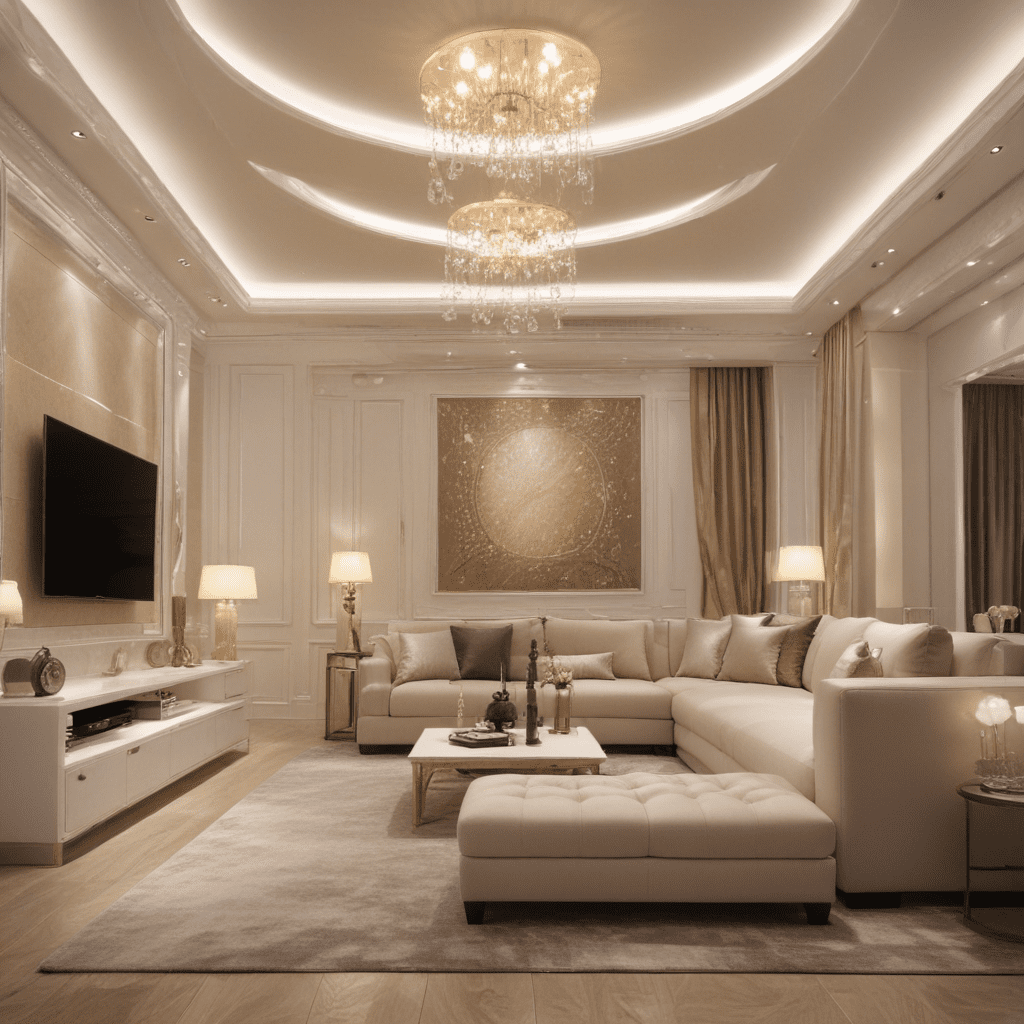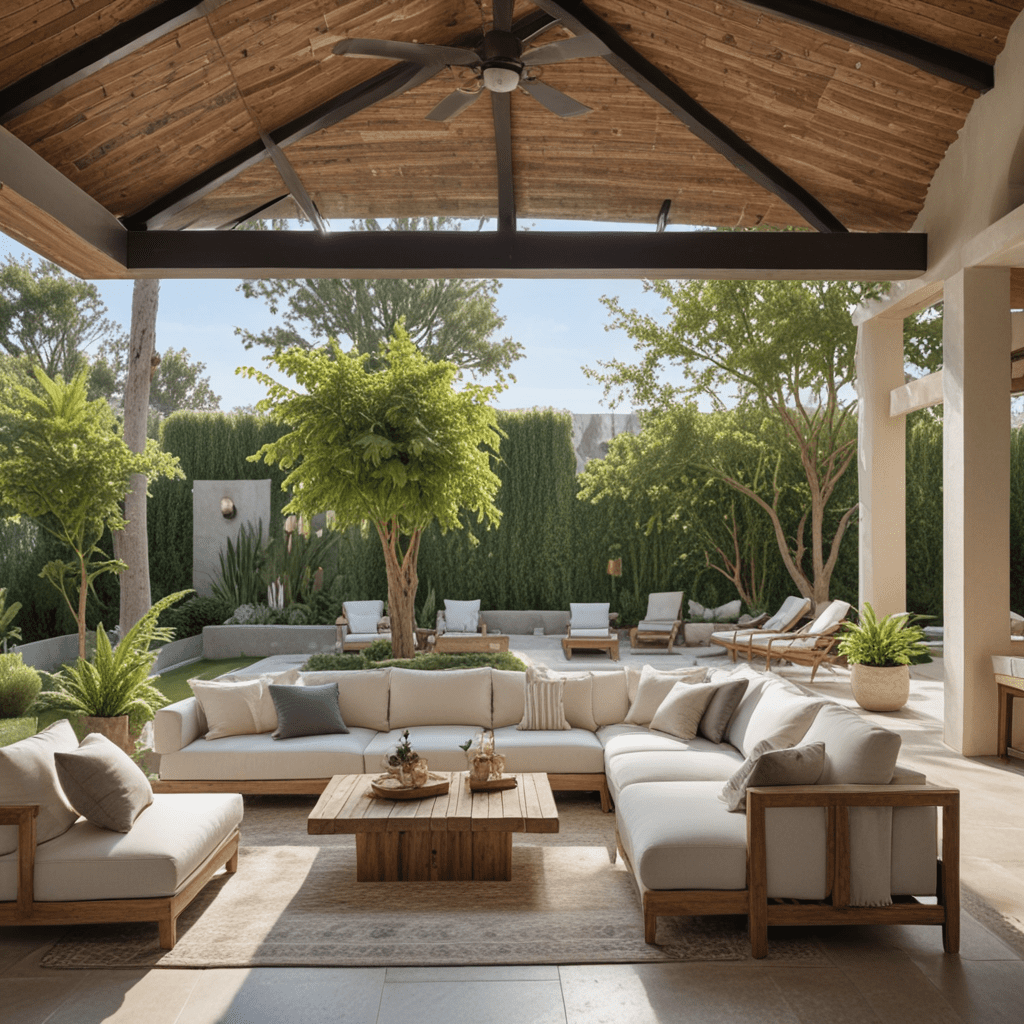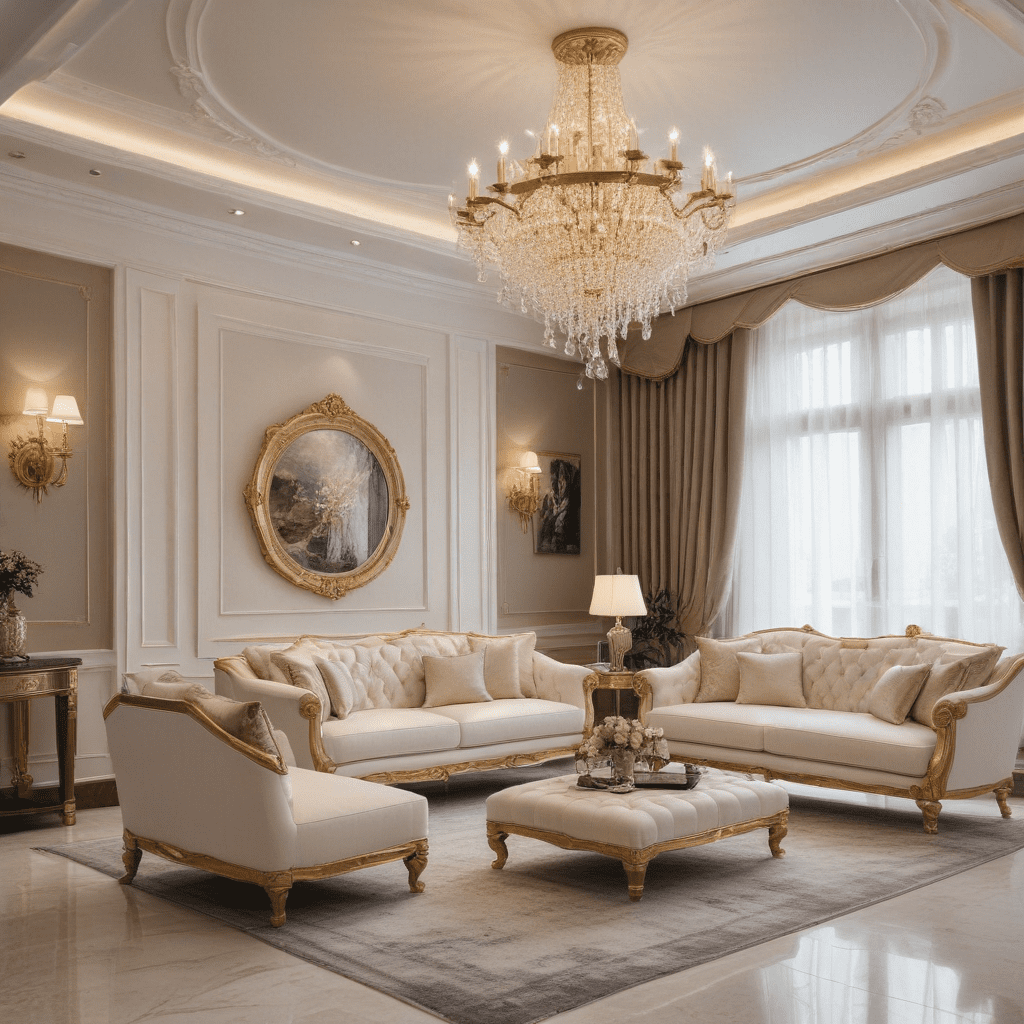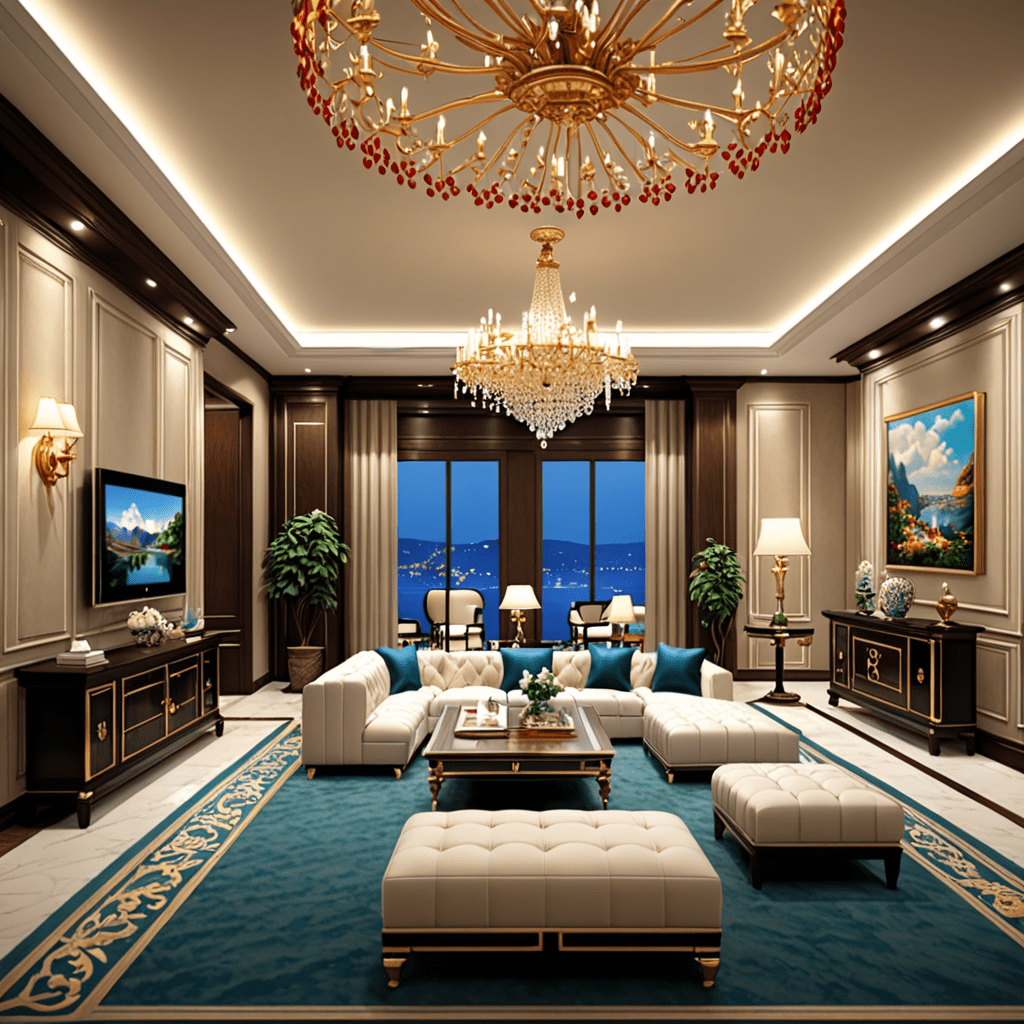„Mastering the Art of Gradation in Interior Design: Elevate Your Home Decor Effortlessly”


Mastering the Art of Gradation in Interior Design: Elevate Your Home Decor Effortlessly
When it comes to interior design, one of the key elements that can make or break a space is the use of gradation. Gradation is the gradual transition or progression of colors, shades, textures, or sizes to create visual interest, depth, and harmony in a room. By mastering the art of gradation, you can effortlessly elevate your home decor and create a stunning and cohesive space. In this article, we will explore the various ways you can incorporate gradation into your interior design and provide practical tips to help you achieve a harmonious and visually appealing home decor.
The Power of Color Gradation
Color is often the first element that comes to mind when thinking about gradation in interior design. Using a gradual transition of colors can have a powerful impact on the overall look and feel of a room. Whether you opt for a monochromatic color scheme, a complementary color scheme, or a more adventurous combination, incorporating different shades and tones within the same color family can create a sense of depth and visual interest. For example, starting with a pastel hue and gradually intensifying it can add dimension to a space.
Playing with Textures
In addition to color, textures can also be used to achieve gradation in interior design. Mixing different textures throughout a room can create a visually stimulating and layered effect. For instance, combining a plush velvet sofa with a sleek glass coffee table and a textured wool rug can provide a gradual change in texture, adding depth and variety to the overall design. Remember to balance the textures in the space, ensuring that they complement each other and contribute to a unified look.
Scale and Size Gradation
Another way to incorporate gradation into your interior design is by using scale and size. Playing with different sizes of furniture and decor items can create a dynamic and visually pleasing space. Gradually increasing or decreasing the scale of objects such as lamps, vases, or artwork can help guide the eye and add a sense of dimension to the room. Additionally, mixing furniture with varying heights can create an interesting visual effect and prevent the space from feeling flat or monotonous.
Lighting and Gradation
Lighting is a crucial element in interior design, and it can also be used to enhance the gradation within a space. By using a combination of ambient, task, and accent lighting, you can create different levels of brightness and shadows, which contribute to the overall gradation of the room. Incorporating dimmer switches or adjustable lighting fixtures allows you to control the intensity of light and create a more dynamic atmosphere. Additionally, adding light sources at different heights and angles can further emphasize the gradation in the room.
Transitional Spaces and Gradation
Transitional spaces, such as hallways or entryways, provide an excellent opportunity to experiment with gradation in interior design. These spaces often connect different areas of the home, and using gradation can help create a smooth and visually appealing transition from one space to another. Consider using a gradual change in color, texture, or lighting as you move from one area of the home to another. This will not only provide a cohesive flow but also create an inviting and harmonious ambiance throughout.
Frequently Asked Questions (FAQs)
Q1: How can I incorporate gradation into a small room without overwhelming it?
-A1: In a small room, it’s important to use gradation in a subtle and strategic way. Opt for lighter shades or pastel colors that create an illusion of space and avoid using too many contrasting textures. Focus on incorporating gradation through the use of lighting and playing with scale and size.
Q2: Can I combine multiple types of gradation in one room?
-A2: Absolutely! In fact, combining different types of gradation can create a more visually appealing and dynamic space. For example, you can use both color gradation and texture gradation together to add depth and interest to your room.
Q3: How can I use gradation to create a focal point in a room?
-A3: Gradation can be used to draw attention to a specific area or object in a room. By gradually increasing the intensity or size of elements around the focal point, you can create a visually striking and captivating centerpiece.
Q4: What are some common mistakes to avoid when using gradation in interior design?
-A4: One common mistake is overdoing it. Gradation should be used thoughtfully and in moderation, as too much variation can create a visually chaotic or overwhelming space. Additionally, be mindful of maintaining a sense of balance and harmony throughout the room.
Q5: Can I use gradation in minimalist interior design?
-A5: Yes, gradation can be effectively used in minimalist interior design to create a sense of simplicity and elegance. By focusing on subtle changes in color, texture, or lighting, you can enhance the minimalist aesthetic while still adding visual interest and depth.
With the principles of gradation in your arsenal, you now have the tools to transform your home into a stunning showcase of thoughtful design. Remember to experiment, find your unique style, and most importantly, have fun creating a space that reflects your personality and brings you joy. Happy designing!





